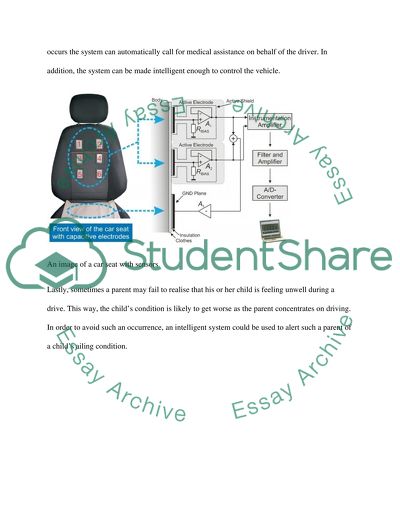Cite this document
(“Innovative assignment 2 Example | Topics and Well Written Essays - 3000 words”, n.d.)
Innovative assignment 2 Example | Topics and Well Written Essays - 3000 words. Retrieved from https://studentshare.org/engineering-and-construction/1477452-innovative-assignment
Innovative assignment 2 Example | Topics and Well Written Essays - 3000 words. Retrieved from https://studentshare.org/engineering-and-construction/1477452-innovative-assignment
(Innovative Assignment 2 Example | Topics and Well Written Essays - 3000 Words)
Innovative Assignment 2 Example | Topics and Well Written Essays - 3000 Words. https://studentshare.org/engineering-and-construction/1477452-innovative-assignment.
Innovative Assignment 2 Example | Topics and Well Written Essays - 3000 Words. https://studentshare.org/engineering-and-construction/1477452-innovative-assignment.
“Innovative Assignment 2 Example | Topics and Well Written Essays - 3000 Words”, n.d. https://studentshare.org/engineering-and-construction/1477452-innovative-assignment.


